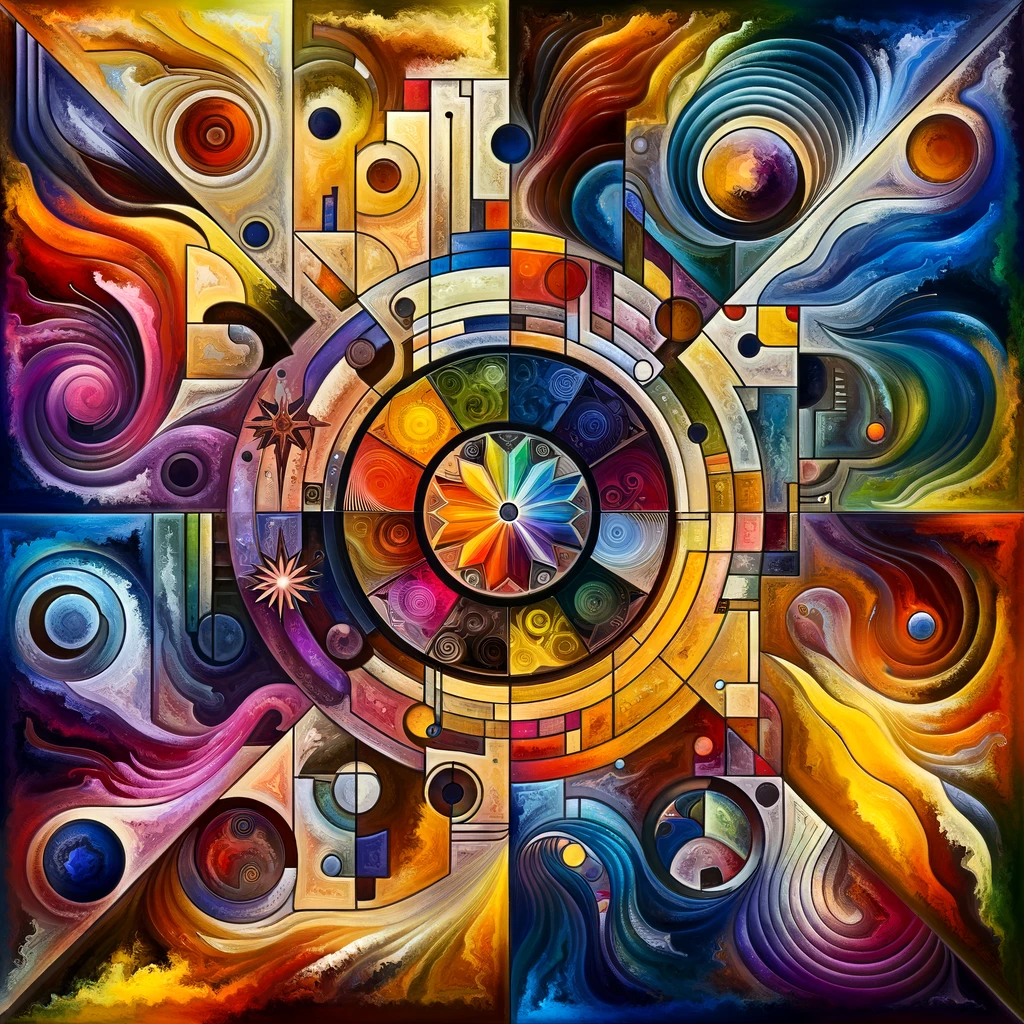Balancing Yin and Yang Energies with Colors
In Feng Shui, the concept of yin and yang plays a crucial role in creating harmony and balance in our living spaces. When using colors to balance these energies, it's essential to understand the qualities associated with each. Yang colors such as red, orange, and yellow are considered energizing and vibrant, while yin colors like blue, green, and purple are known for their calming and soothing effects.
To achieve a harmonious environment in your home or workspace, you can incorporate a combination of yin and yang colors. For instance, if a room feels too energetic and overwhelming, you can introduce more yin colors to create a sense of tranquility. On the other hand, if a space feels too passive and stagnant, adding yang colors can bring in more vitality and energy. By balancing yin and yang energies through colors, you can create a space that looks visually appealing and promotes a sense of wellbeing and balance.
Achieving Harmony and Balance through Color Combinations
Achieving harmony and balance through color combinations is a fundamental aspect of utilizing color psychology in Feng Shui. By carefully selecting and arranging colors in a space, one can create a sense of equilibrium and flow that promotes positive energy. Complementary colors, such as blue and orange or green and red, can be paired to create a harmonious and visually appealing environment that evokes balance and unity.
In addition to complementary colors, triadic color schemes can also be employed to achieve harmony in a space. A sense of balance and stability can be created by selecting three colors that are evenly spaced around the color wheel, such as yellow, blue, and red. These color combinations can be applied to various elements within a room, such as furniture, textiles, and decor, to enhance the overall energy flow and create a cohesive and balanced space.
Utilizing Color Psychology for Personal Wellbeing
Color psychology plays a significant role in influencing personal wellbeing through the use of different colors to evoke specific emotions and moods. Understanding the psychological impact of colors on individuals can help create a more supportive and nurturing environment for overall mental and emotional health. By selecting colors that resonate with one's inner self and desired state of being, it is possible to cultivate a sense of balance and harmony in daily life.
Choosing colors in personal spaces can directly affect mood, energy levels, and overall sense of wellness. For example, soft blue hues can promote relaxation and calmness, making them ideal for bedrooms or meditation areas. On the other hand, vibrant yellow tones can uplift spirits and promote positivity, making them suitable for workspaces or areas where creativity is essential. By consciously incorporating colors that align with personal goals and aspirations, individuals can harness the power of color psychology to enhance their overall sense of wellbeing.
Enhancing Mental and Emotional States with Color Choices
Colors play a significant role in influencing our mental and emotional states. Choosing the right colors in our environment can make a substantial difference when it comes to enhancing our wellbeing. For example, warm colors like red, orange, and yellow evoke energy, enthusiasm, and optimism, making them great choices for spaces where creativity and productivity are encouraged. On the other hand, cool colors such as blue, green, and purple tend to promote feelings of calmness, relaxation, and serenity, ideal for areas where peace and tranquility are desired.
By being mindful of the colors we surround ourselves with, we can positively impact our moods and emotions. Earthy tones like browns and beiges can create a sense of stability and grounding, while pastel hues like soft pinks and blues can induce innocence and purity. By intentionally incorporating these colors into our living or working spaces, we can cultivate an environment supporting our mental and emotional wellbeing, promoting harmony and balance in our daily lives.
The Influence of Color on Sleep and Relaxation
Color is crucial in creating a tranquil environment conducive to restful sleep and relaxation. When selecting colors for the bedroom, it is important to opt for hues that promote a sense of calmness and serenity. Soft blues and greens are widely recommended for their soothing properties, helping to create a peaceful oasis for unwinding after a long day. These shades promote relaxation and reduce stress, ultimately facilitating a more restorative sleep experience.
On the other hand, vibrant and stimulating colors such as red or bright yellow are best avoided in the bedroom as they can be too energizing and disruptive to the sleep cycle. Instead, neutral colors like light gray, beige, or soft pastels are ideal choices for creating a tranquil atmosphere that promotes relaxation. Incorporating these calming hues into your bedroom decor can optimize your sleeping environment and enhance your overall sense of wellbeing.
Creating Serene and Calming Environments through Color
When it comes to creating serene and calming environments through color in Feng Shui, soft and soothing hues play a vital role in promoting relaxation and tranquility. Colors like pale blues, soft greens, and gentle lavenders are often recommended to evoke a sense of peace and harmony in a space. By incorporating these calming colors into your home or workspace, you can help reduce feelings of stress and anxiety, creating a peaceful atmosphere that supports overall wellbeing.
In addition to the specific colors used, the placement of these calming hues within a room is equally important in Feng Shui. To enhance the serene energy of a space, it's advisable to use light colors on walls and larger furniture pieces while incorporating deeper shades in smaller accents like pillows or artwork. This strategic balance of color helps create a harmonious flow of energy, allowing for a peaceful environment that encourages relaxation and inner peace. By understanding the impact of color on our surroundings, we can harness its power to cultivate a space that promotes serenity and calmness in our daily lives.

